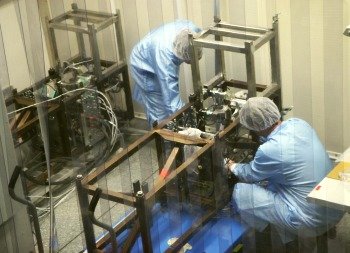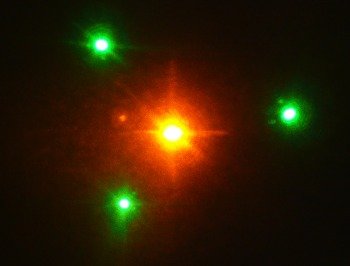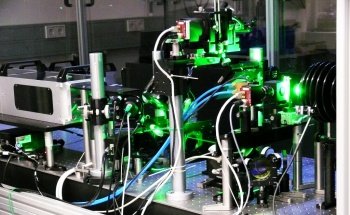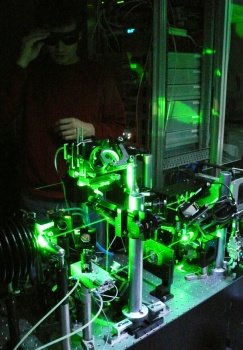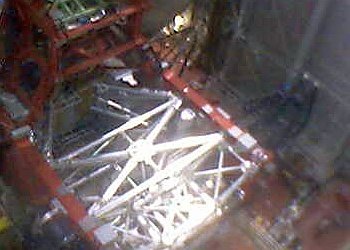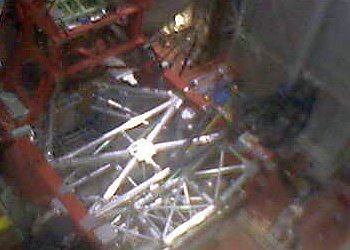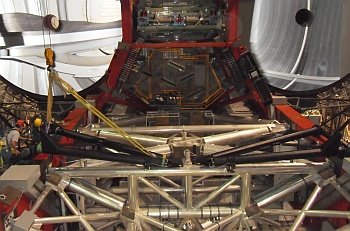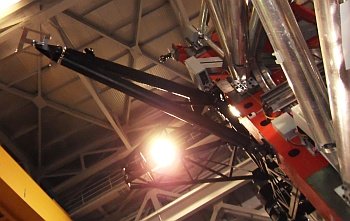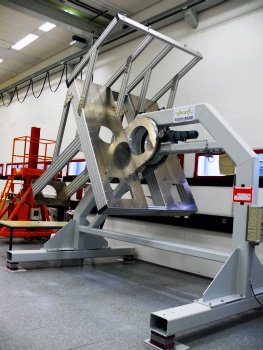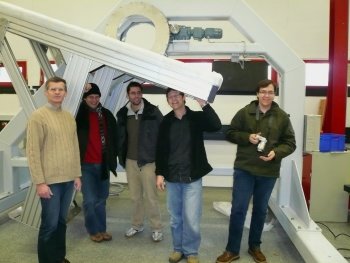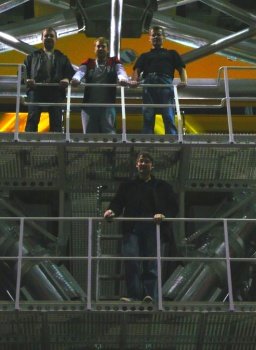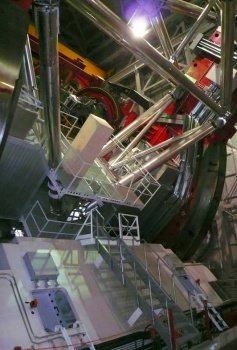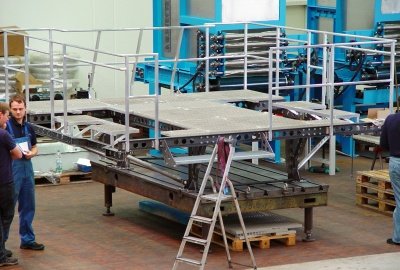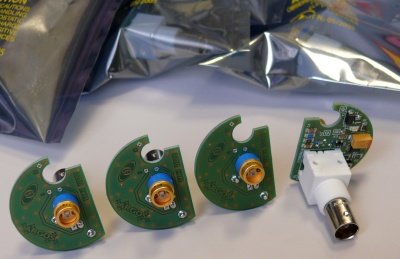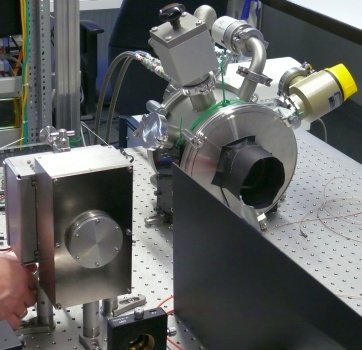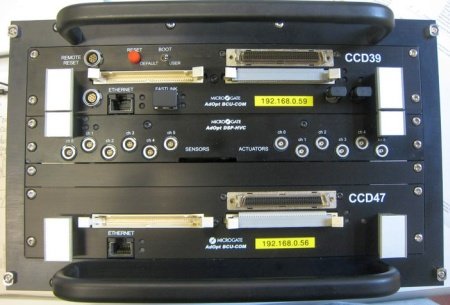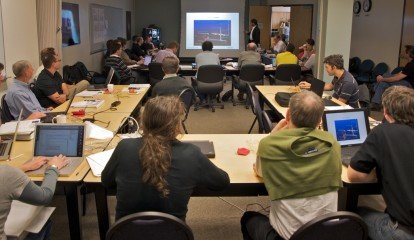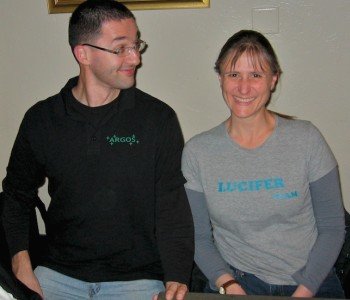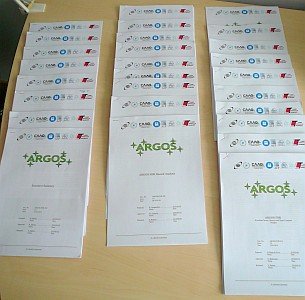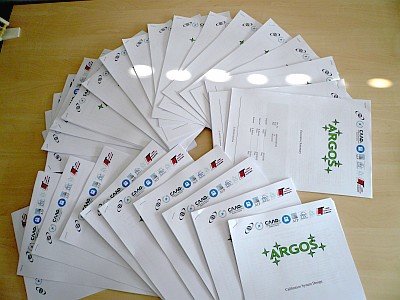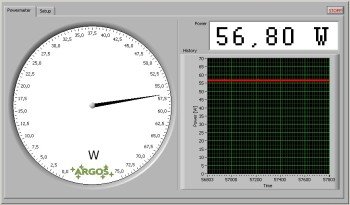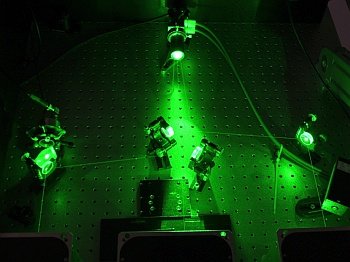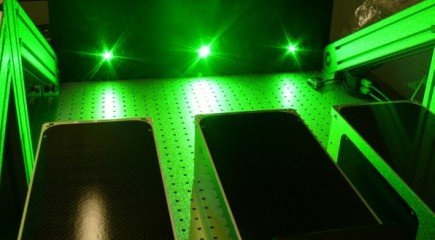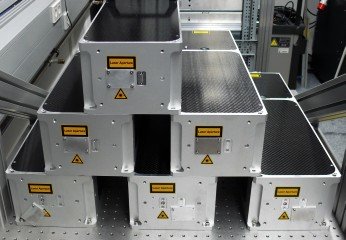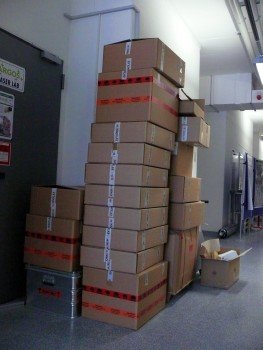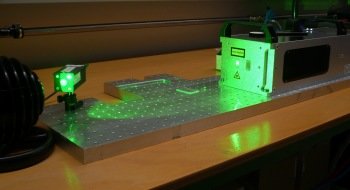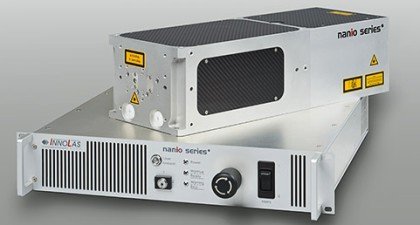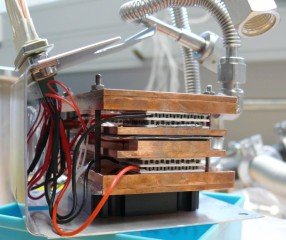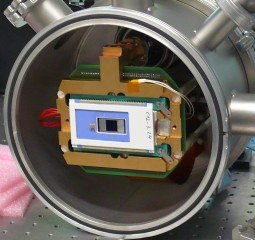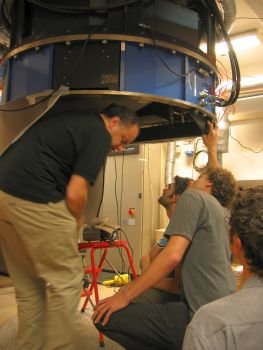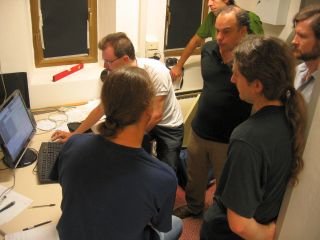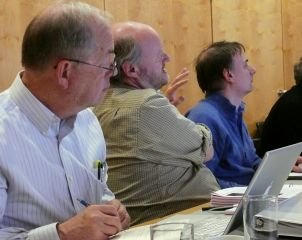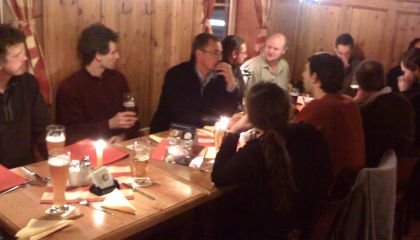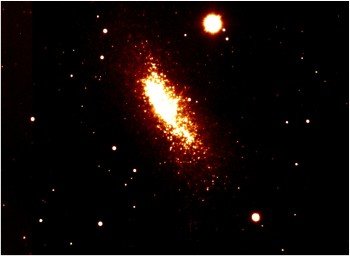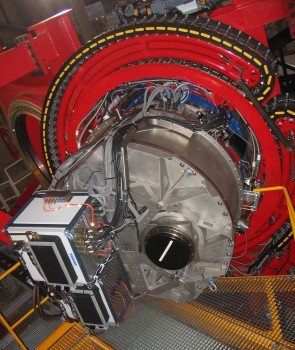Archived News from the Pre-on-Sky Propagation Era
|
Final laser system assembly (Apr. 2012)
We started to assemble and test the laser boxes.
|
||||||||
|
Laser box software test (Nov. 2011)
With this test setup we checked how the instrument software, which is still under development, is working with a complex system like our laser box. Here it has to handle several motors, cameras, diagnostic systems, safety systems and of course the laser itself.
|
||||||||
|
More ARGOS installations on the telescope (Aug. 2011)
The installation of the calibration swingarm is in progress. Seen on the LBT Live views.
|
||||||||
|
ARGOS consortium meeting Firenze (Mar. 2011)
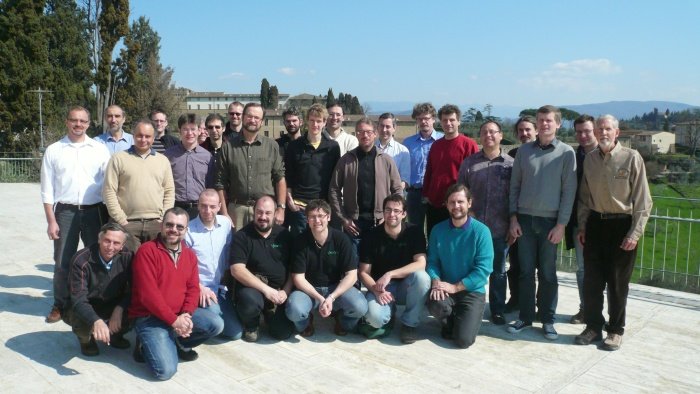 Almost the complete ARGOS team came to Acetri, Florence to join the regularly consortium meeting. In the background, but unfortunately not visible here, is Galileo Galilei's house. |
||||||||
|
ARGOS telescope simulator (Dec. 2010)
The telescope simulator will help us to integrate and test our laser system or other sub-systems. It is capable to rotate 2 laser boxes (6 lasers), together with 4 electronic racks by 0-90°. And a merry Christmas to everybody!
|
||||||||
|
Installation of the first Argos Platforms (Sept. 2010)
SR: "During the last week the first pieces of Argos have been brought to mount Graham and are now installed to the telescope. As first infrastructure two rigid platforms for the laser systems surrounded by access platforms and mounts for the racks are now fixed in between the windbraces. Thanks to the careful design, the excellent campaign planning, our nice and enthusiastic installation team and a friendly support by LBTO, the platforms where installed smoothly, in time and perfect position. Many thanks to the installation team: Hans, Matthias D, Mathias H & Stefan! "
|
||||||||
|
Cutting Steel (Aug. 2010)
|
||||||||
|
Hardware is proceeding (May 2010)
|
||||||||
|
Final Design Review (27.-28. Mar. 2010)
The Argos final design review just has finished with the panels judgement that we have 'passed' !
|
||||||||
|
28 documents, 844 pages.
Our documents for the Final Design Review are prepared and ready for delivery (Mar. 2010)
|
||||||||
| Testing a lot of our final stuff: 3 lasers on one heat exchanger, the water cooled power meter and some small electrical devices. All operated on the 230VAC/50Hz to 120VAC/60Hz converter and on a tilting bench. (Feb. 2010)
|
||||||||
|
Oh yes, there will be light (Feb. 2010)
|
||||||||
|
... and the ARGOS lasers were delivered (Nov. 2009)
|
||||||||
|
The ARGOS Lasers are ordered (July 2009)
(Images from the manufacturer)
|
||||||||
|
||||||||
Visit of the Solar Tower at INAF during ARGOS consortium meeting in May 2009.
|
||||||||
|













